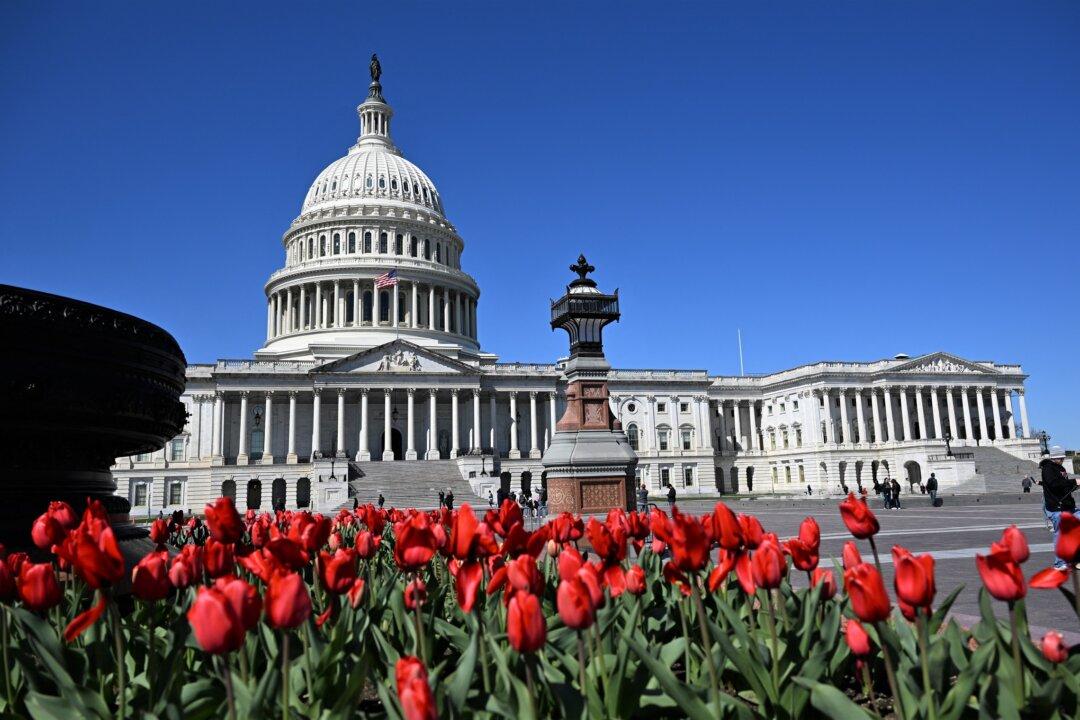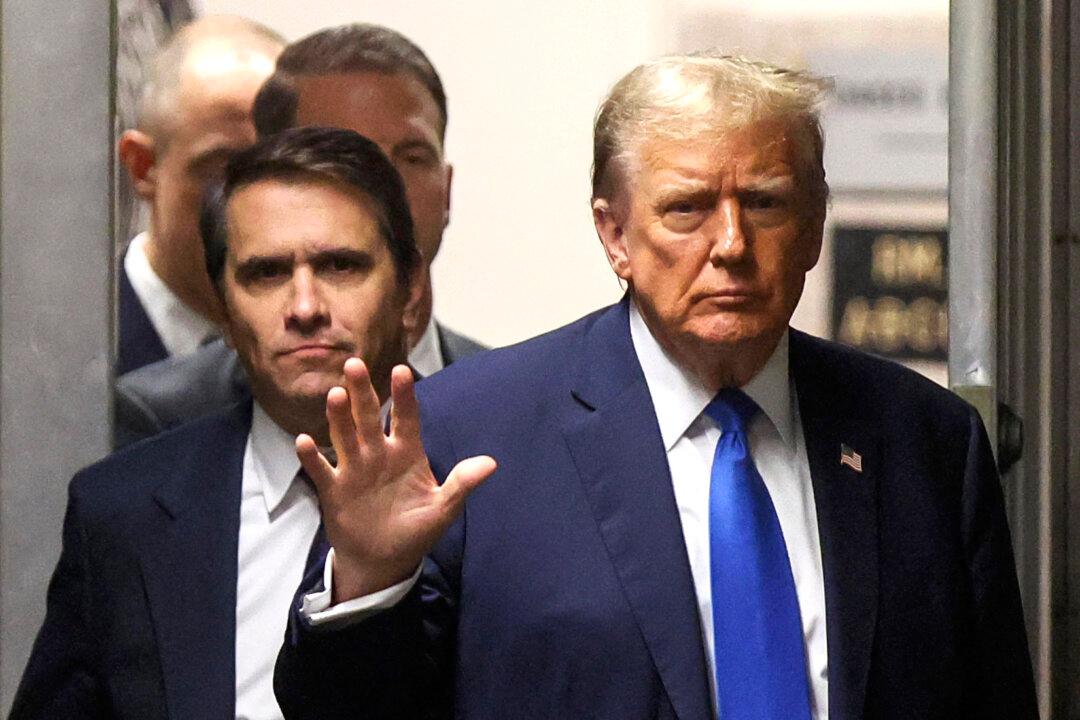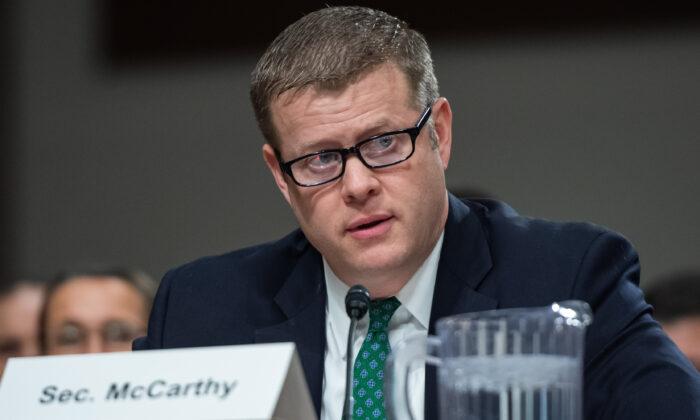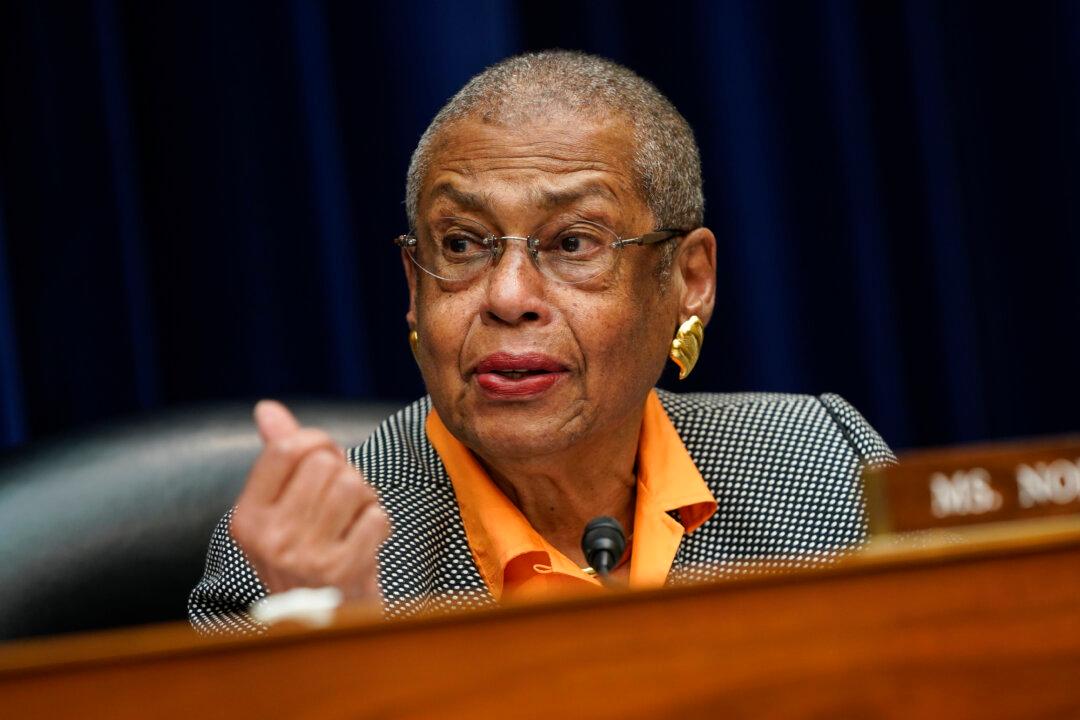Thursday, Nov. 10, 2011
THEN
On Nov. 10, 1928, Japanese Emperor Michinomiya Hirohito ascends the Chrysanthemum throne.
Hirohito is the 124th Japanese monarch of the oldest hereditary monarchy in the world, which traces its history back to 660 B.C. Emperor Hirohito rules during the turbulent and transformative era of Japanese military expansion, World War II, and Japan’s rise as a global economic powerhouse.
Although technically an absolute monarch, in practice his power was limited. After defeat in World War II he is forced to renounce his claim to divinity and on Jan. 1, 1946, releases an imperial message declaring this. Japan’s 1947 Constitution hands the political power of the emperor over to the people. Following the U.S. bombing of Hiroshima and Nagasaki, Hirohito argues for Japan’s surrender and in an unprecedented radio address explains to the Japanese people that the “unendurable must be endured.” Ruling until his death in 1989, he was Japan’s longest reigning monarch.
NOW
On Sunday, Nov. 6, Emperor Tsugunomiya Akihito, the son of Hirohito, was hospitalized with bronchitis and a fever, which he contracted a week ago. “He appears to be fatigued and has lost some resistance to fight against sickness,” the Imperial Household Agency spokesperson said on Wednesday. The emperor was previously hospitalized in February for tests on his coronary arteries.
Some analysts speculate that stress has been wearing on Akihito’s health. They say the issue of Crown Prince Naruhito’s lack of a male heir and the talk of constitutional changes so females can rule, as well as family rifts over the role of the Imperial Household Agency, may be contributing factors.
The role of the 77-year-old emperor in day-to-day government affairs is minimal; the Japanese Constitution defines the role as “the symbol of the state and of the unity of the people.”




Friends Read Free